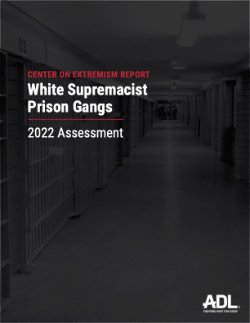By The U.S. Office of the Inspector General
As of September 2016, the Federal Bureau of Prisons (BOP) incarcerated 10,567 sentenced female inmates, representing 7 percent of the total BOP sentenced inmate population of 146,084. Though female inmates compose a small percentage of the nationwide incarcerated population, correctional officials have recognized that in some areas female and male inmates have different needs and BOP has adopted genderresponsive programs and policies that account for these needs. As a continuation of prior U.S. Department of Justice Office of the Inspector General (OIG) reviews examining BOP’s management of certain subpopulations of inmates, including aging inmates and inmates with mental illness in restrictive housing, OIG initiated this review of BOP’s management of female inmates, specifically BOP’s efforts and capacity to ensure that BOP-wide policies, programs, and decisions adequately address the distinctive needs of women. Our decision to initiate this review was also informed by members of Congress and public interest groups recently raising concerns about what they consider to be deficiencies in BOP’s current management of female inmates.
Washington, DC: U.S. Office of the Inspector General, 2018. 60p.





















